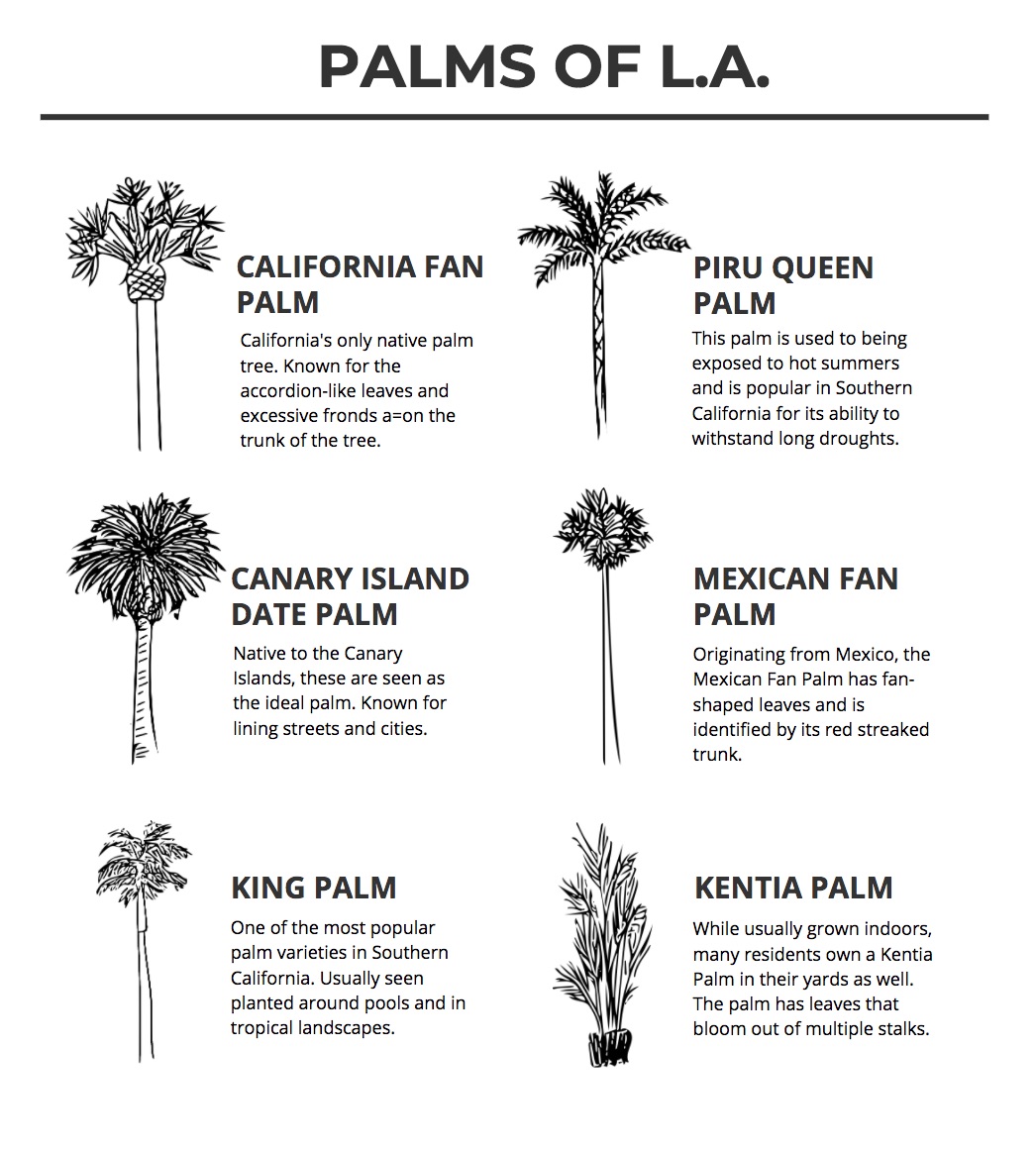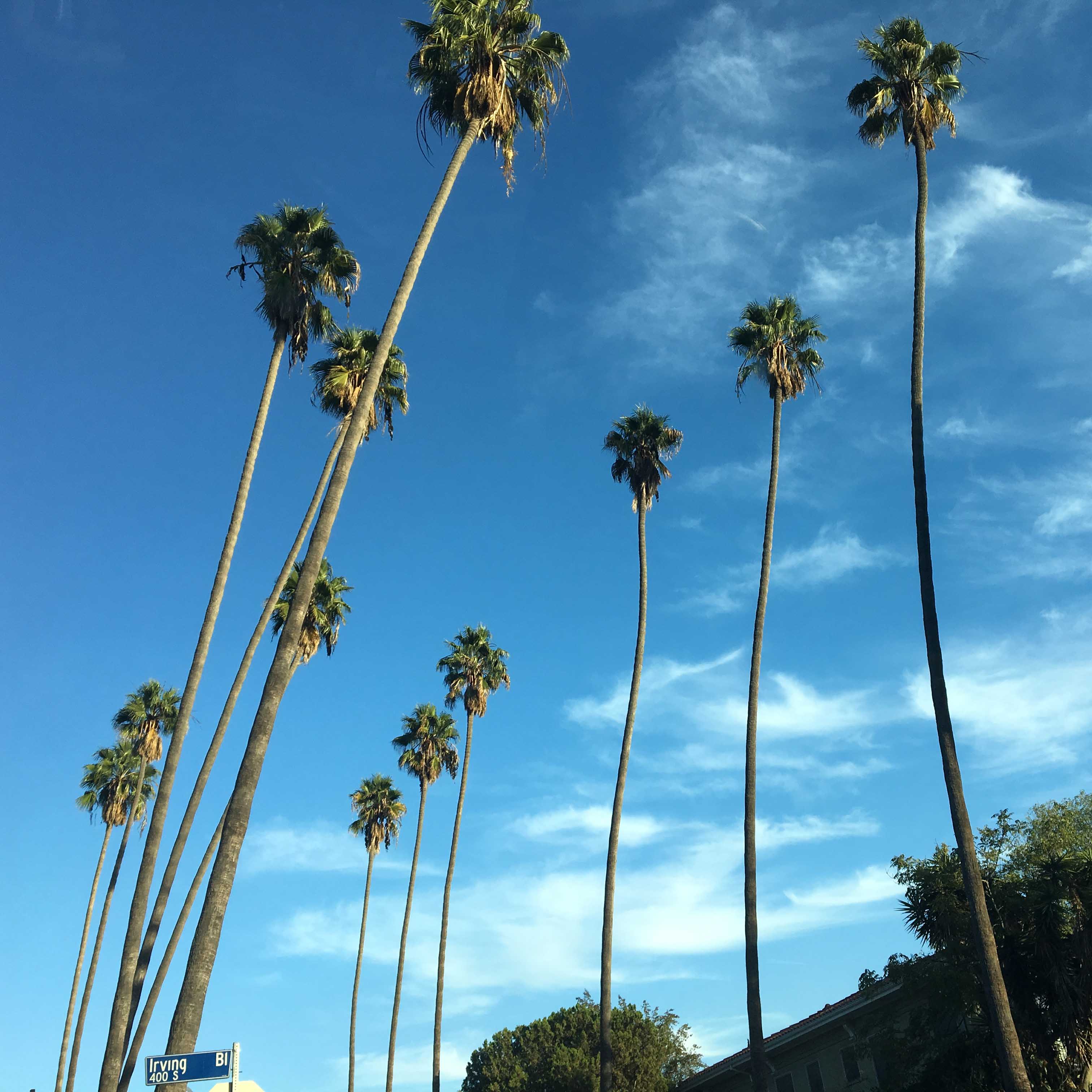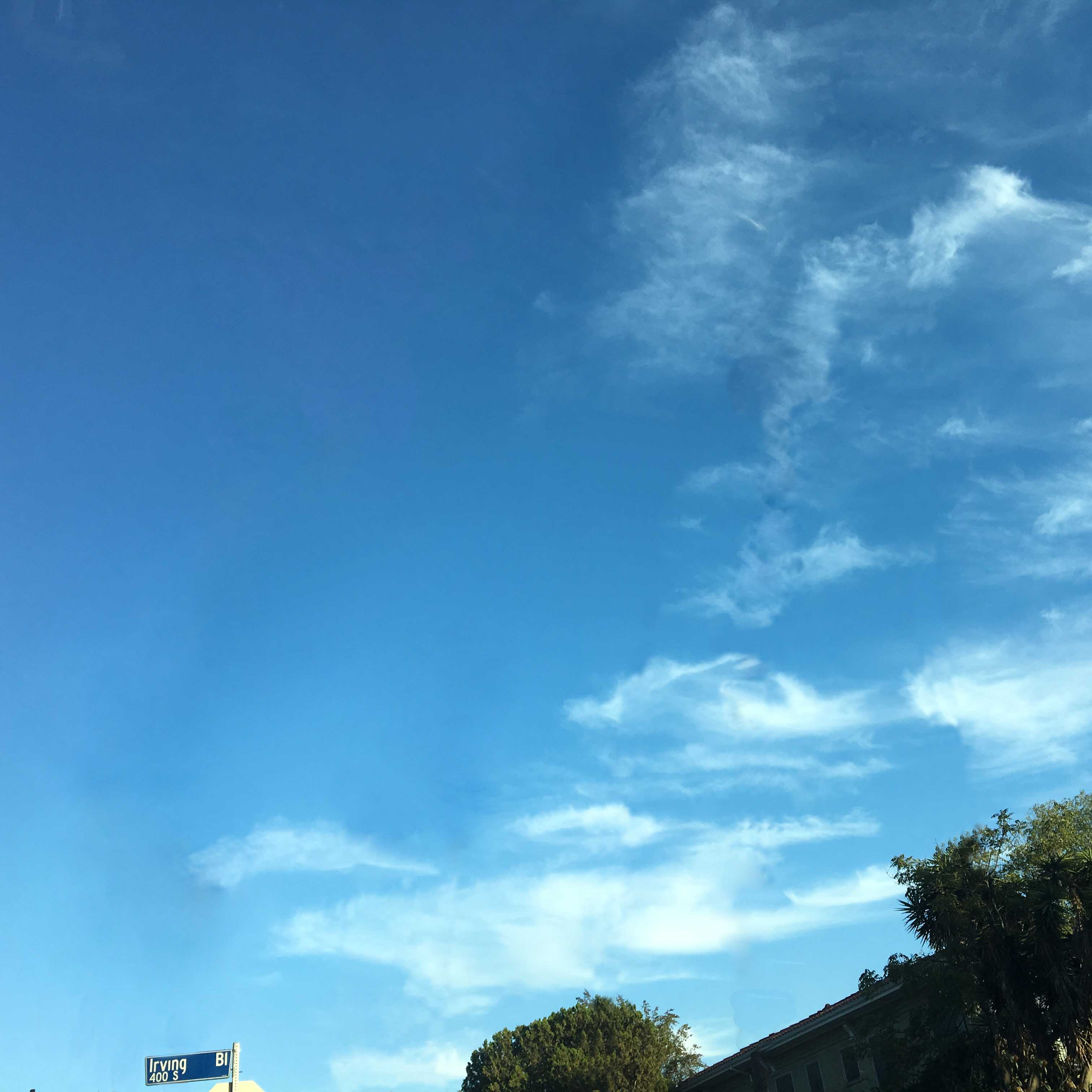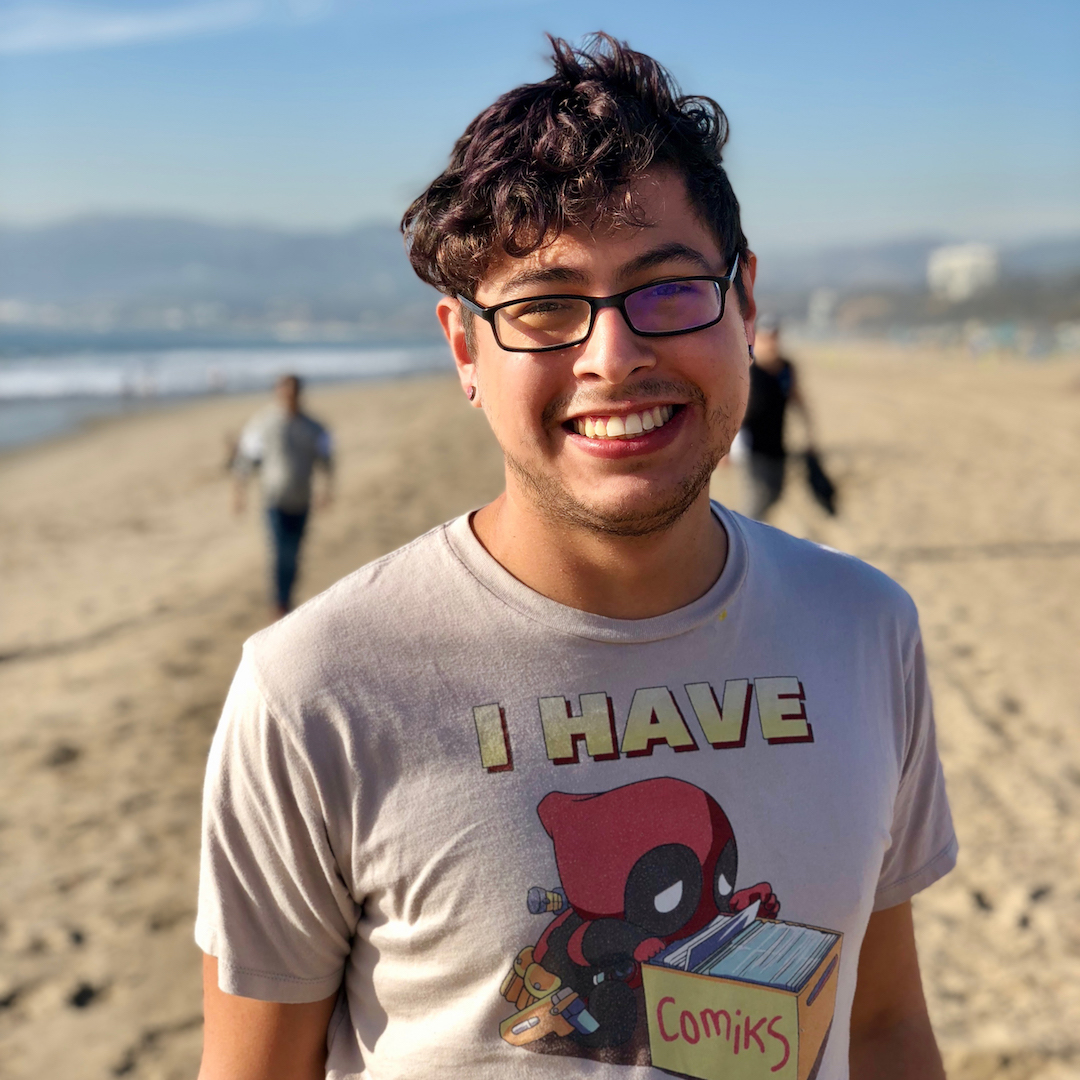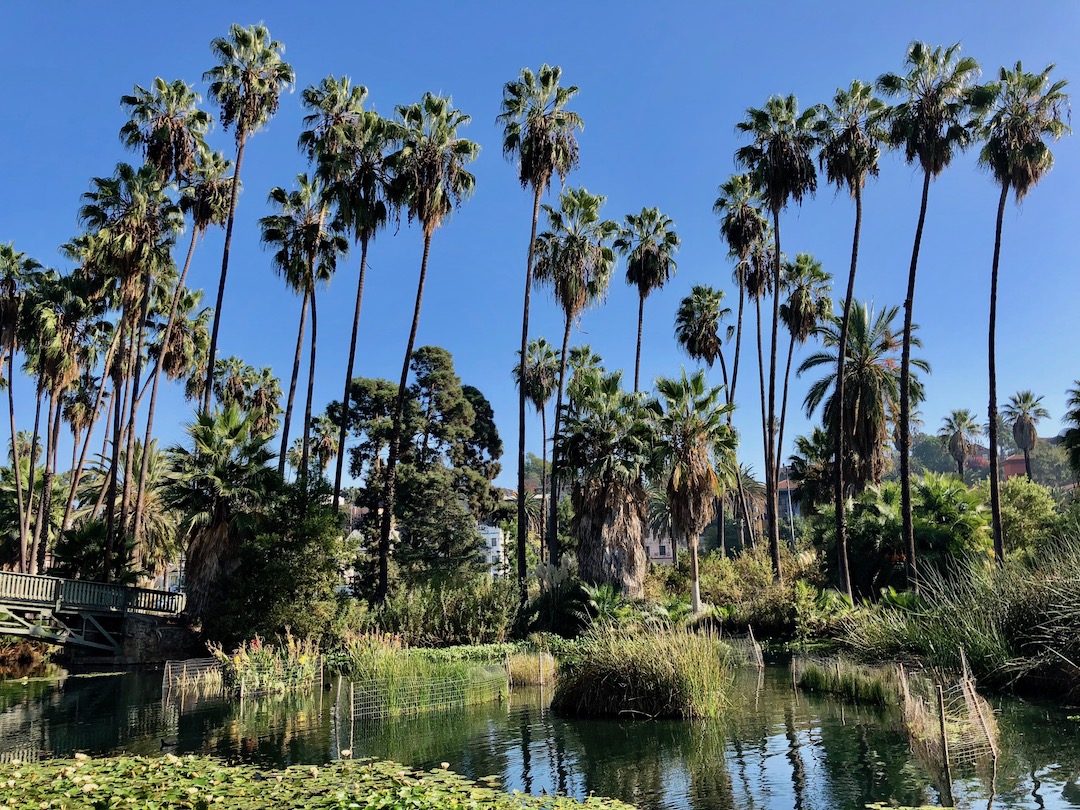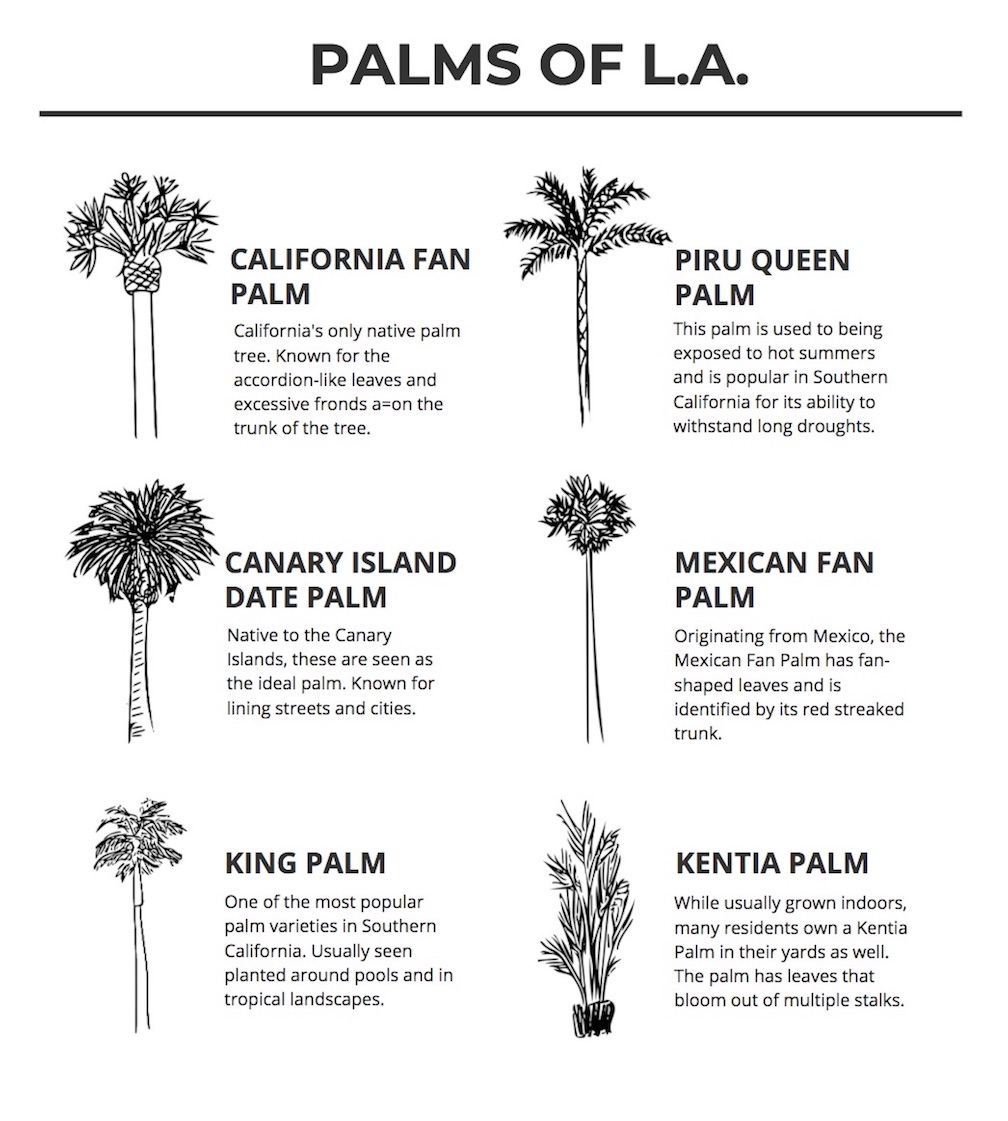
THE PALMS
When Waverly Yang lived in California, her family took road trips from the Bay Area to Los Angeles. Even at age 11, Yang knew when her five and a half hour drive was coming to a close.
"I would know that we were close because of the palm trees," Yang said. "Palm trees are such an icon to SoCal."
If there's a tree that is as iconic as the Christmas pine tree, it very well may be a palm. Palm trees are a symbol of paradise — a place where the living is easy, kind of like Southern California.
This isn't a groundbreaking idea, but it's certainly been driven home by popular media. Past and present artists paint Southern California as an oasis through songs, movies and images. Many of these pieces mix together the beach, sunny weather and the iconic palm tree.
Palms have been a staple to the L.A. treescape ever since they were introduced in the late 1920s by Franciscan immigrants. They're sprinkled all over Southern California, towering over the native oaks in the area. As much of an icon as they are, they've been dropping dead by the thousands.
Steve Dunlap, supervising tree surgeon for L.A.'s Recreation and Parks Forestry Division, began to notice that the palm heads were becoming shorter and discolored in 1996. "Occasionally, the whole head would fall off," he says.
After some research and networking with palm experts in the area, Dunlap concluded that the culprit for the dying palms was fusarium, a fungus that naturally occurs in Southern California soil. The fungus is harmless to native plants, but for a non-native plant like the palm trees, it's deadly, and the city isn't doing much to alleviate the declining numbers.
According the Los Angeles Times, the city will be replacing palm trees in six locations in Los Angeles, specifically ones with "iconic" or "historic" significance. These areas include Sunset Blvd., Echo Park and Highland Ave. In comparison to the number of palm trees in the skyline, six locations to replace them isn't high at all. Instead, they'll be planting native trees like red oaks and black walnuts.
To some, palms are more than just a tree. They're seen as an icon for a way of life, and now that symbol is disappearing. For people like Yang, this may signal the end of an era.
"It's crazy to me that no one is going to take care of them when they are such a huge feature of the area," Yang said. "They're like plant celebrities."
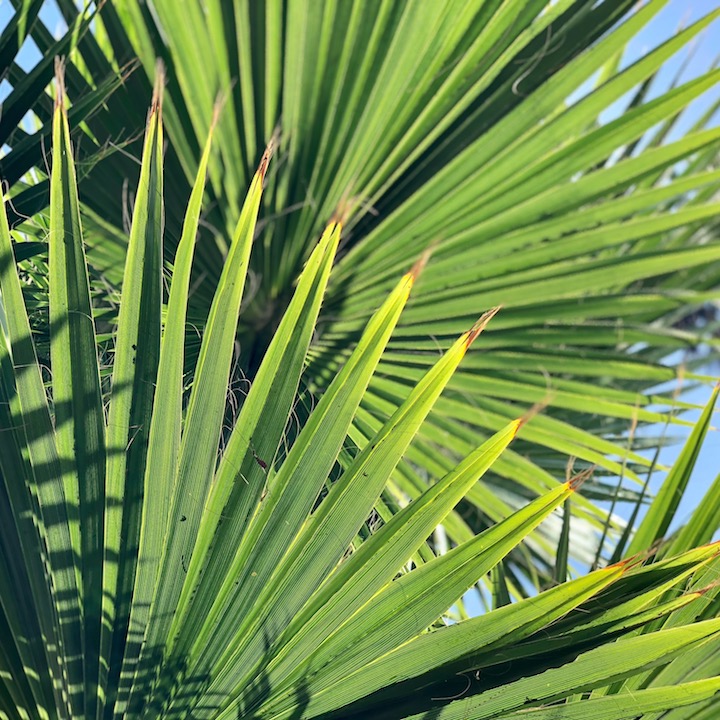
"I don't know. I think that it would be a shame to not preserve something that is kind of a little bit of the culture. I think that you don't see palm trees everywhere , so I think it's nice that L.A. has a little bit of that."
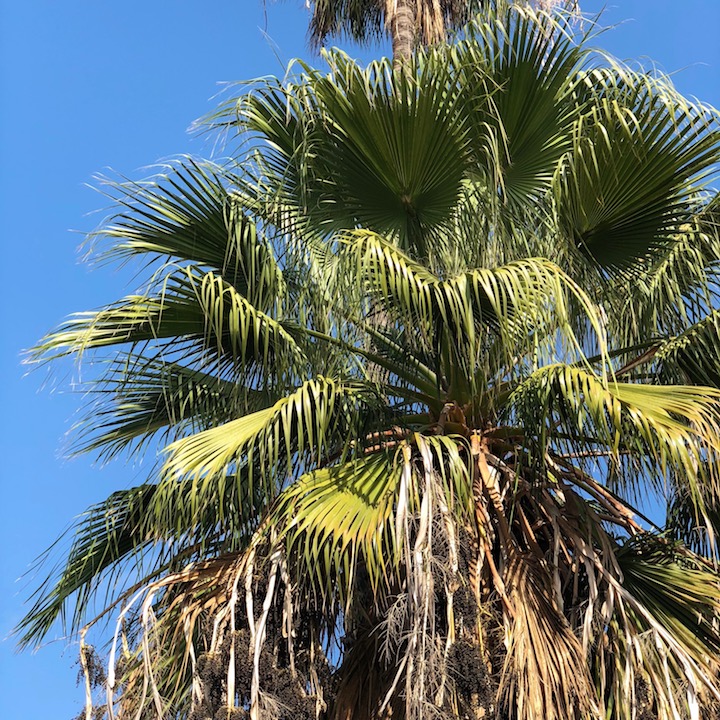
"I don't know. I think that it would be a shame to not preserve something that is kind of a little bit of the culture. I think that you don't see palm trees everywhere , so I think it's nice that L.A. has a little bit of that."
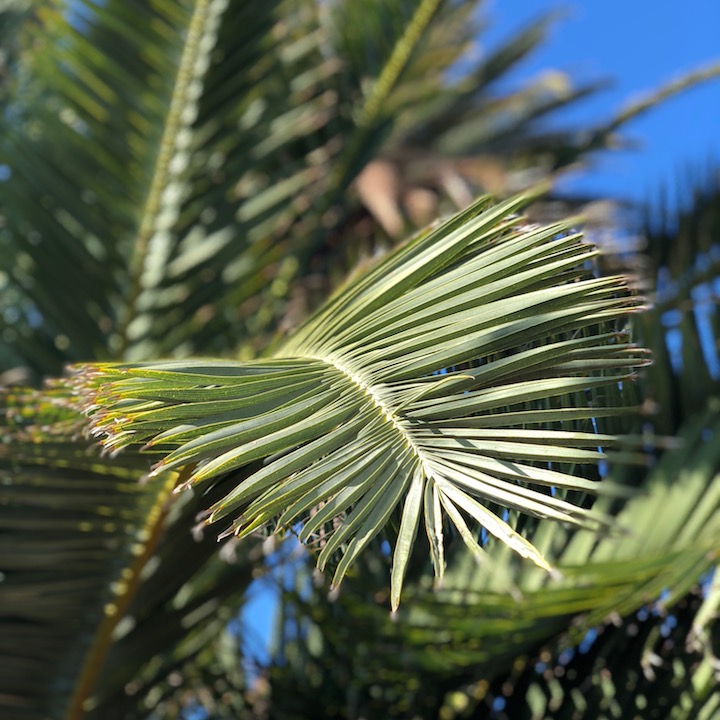
"I don't know. I think that it would be a shame to not preserve something that is kind of a little bit of the culture. I think that you don't see palm trees everywhere , so I think it's nice that L.A. has a little bit of that."
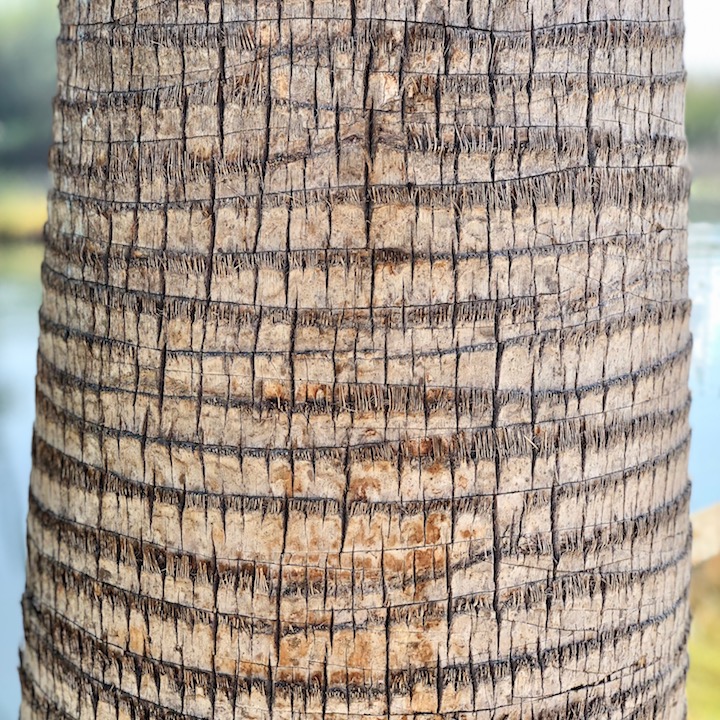
"I don't know. I think that it would be a shame to not preserve something that is kind of a little bit of the culture. I think that you don't see palm trees everywhere , so I think it's nice that L.A. has a little bit of that."
THE PATH OF THE PALM
There's only one palm that is native to Southern California, Washingtonia Filifera, also known as the California Fan Palm. Other palms came to Los Angeles by way of immigrants, says Victoria Dailey. Dailey is a writer, curator and lecturer who specializes in the history of Southern California. She penned an essay called "Piety and Perversity: The Palms of Los Angeles," and it's dedicated to the history of palms. She wrote the essay after noticing that palms were "annoying."
"I just looked around and I just thought, 'You know, I am just sick of looking at palm trees everywhere,'" Dailey said. "I just saw that they were inappropriate."
Dailey collects 19th century memorabilia, and she says she noticed that palm trees were sparse in pictures from that specific era. In comparison to the current treescape, Dailey then wondered why palms were grown in Southern California, especially since they weren't native.
She began to document the path of the palm.
The palm tree came to Los Angeles through a simple idea: "where cold has no place," or where the weather is so consistent that plants thrive when they are planted. Dailey says that after the Victorians brought the palm trees to California, they started to use the palm as a symbol of paradise.
"I think they genuinely thought that this was some sort of Eden," Dailey said. "They just wanted to promote this place and share it."
That oasis-like thinking created an influx of palm trees all over Southern California. To the rest of the world, Los Angeles and Hollywood became synonymous, and the palms took on a new role in movies.


"Palms were useful in selling Hollywood as a new Mecca," Dailey writes, "just as they had sold Los Angeles as a desert Eden."
From here, the city became associated with the palm trees. Pop culture began to represent Southern California as a place with hundreds of palms, and the idea of the SoCal vibe was born. Los Angeles became a new backdrop for the world, and according to Dailey, palms were just another prop.
"Los Angeles was primed to become one big movie set, a fantasy land, a city of palms signifying "anything goes" — and it did," Dailey writes.
While they may be seen as signifier of an Eden, the palm is anything but that, says Dailey. To her, what should be grown in Los Angeles are native plants.
"I just think the native trees are so beautiful and they were so much more prized and admired," Dailey said. "Those are the trees that should be here. They're the real beauties and they really convey the message of our climate and our ecosystem."
It's a sentiment that reigns true for others, like Steve Dunlap, tree surgeon. To him, the ideal tree would be one to meet the ecological values of the city — trees that aid in creating a canopy and removing carbon dioxide.
"Palm trees are problematic," Dunlap says. "They're not very ecologically valuable in that they don't have a large canopy."
The people of L.A. feel differently; palms aren't seen as invasive —they're embraced. It's an idea that has held for hundreds of years.
"When I think L.A., I automatically think palm trees," says Zein Hindawi. Hindawi moved to Los Angeles from Toronto for work, and today she takes a break on Santa Monica beach as palms sway behind her. "I think they're a part of L.A."
